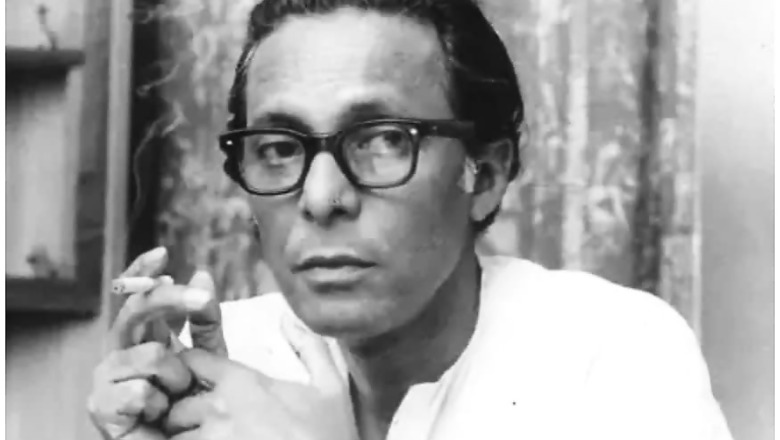
views
The last of the three iconic Bengali filmmakers of the 20th century along with Satyajit Ray and Ritwik Ghatak, Mrinal Sen, who passed away in December 2018 aged 95, would have celebrated his birthday today.
Sen was the pioneer who brought experimental filmmaking to India. He was the first director to use unusual camera movements, episodic narratives and news-reel type montages in his cinema. His experimental filmmaking and youthfulness gave him the moniker 'Maverick Maestro'.
As the world celebrates his 96th birth anniversary, we take a look at a few lesser-known facts about the pioneer of parallel cinema.
Sen's career in cinema began in the 'Studio Para' at Tollygunge, Kolkata. He was introduced to the world of filmmaking when he started reading Film as Art, a book by famous German film theorist Rudolf Arnheim, at the National Library.
His first film was the 1955 release Raat Bhor. Interestingly, it also marked the debut of Uttam Kumar, but the film failed to fare well in the box office.
It was Sen's second film Neel Akasher Neechey (1959), that first earned him recognition. His film Baishe Srabon (1960) was based on the tragic death of a child in a stampede during the cremation of Rabindranath Tagore. This film earned Sen international acclaim.
The 1961 film Punascha earned Sen his first award. The film received the National Award for the Best Film in Bengali and starred Dadasaheb Phalke award winner Soumitra Chatterjee.
Calcutta-71, a 1972 film by Sen depicted the social and political turmoil that Bengal had been going through from pre-Independence to contemporary times.
The 1980 film Akaler Sandhane had won the most National Awards for Sen. It got the National Film Award for Best Feature Film, Best Direction, Best Screenplay and Best Editing. It also won the Silver Bear - Special Jury Prize at the 31st Berlin International Film Festival.
Apart from Uttam Kumar, Sen also introduced Mithun Chakrabarty to Indian cinema with the 1976 film Mrigaya.
Follow @News18Movies for more



















Comments
0 comment